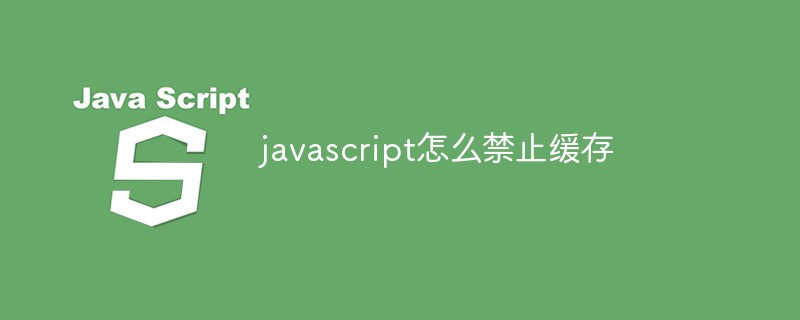Home > Article > Web Front-end > How to disable caching in javascript
Method: Add a question mark and a random number after the js file URL, for example "a.js?223". Principle: Adding a number after the URL of the resource will not affect file loading, but if the number changes, the browser will think it is a brand new file and will re-download the cache. Therefore, the function of adding a number is to force the browser to Call the new address to prevent caching.

The operating environment of this tutorial: windows7 system, javascript version 1.8.5, Dell G3 computer.
javascript disables caching
Method: Adding question marks and numbers after css and js can prevent caching
When the browser issues an http request, it will load various resources, such as: HTML documents, videos, pictures, CSS and JS, etc. For these resources with unchanged URLs, the browser will save them in the local cache. The next time you visit the same website, you can load them directly to speed up access.
This caching strategy of the browser speeds up access on the one hand, but on the other hand it also encounters a problem, that is, it cannot load the latest css and js files in time.
In order to solve this problem, we will add question marks and some random characters after the css and js links.
Similar to index.js?20210489
Example:
<html>
<head>
<script type="text/javascript">
document.write("<script src='**.js?"+Math.random()+"'><\/script>");
</script>
</head>
</html>Principle: Add a number after the url of the resource, for the file Loading will not have any impact, but if the number changes, the browser will think it is a brand new file, will re-download the cache, and will not read the previously cached file, so the function of adding a number is to force the browser Call the new address to prevent caching.
[Recommended learning: javascript advanced tutorial]
The above is the detailed content of How to disable caching in javascript. For more information, please follow other related articles on the PHP Chinese website!